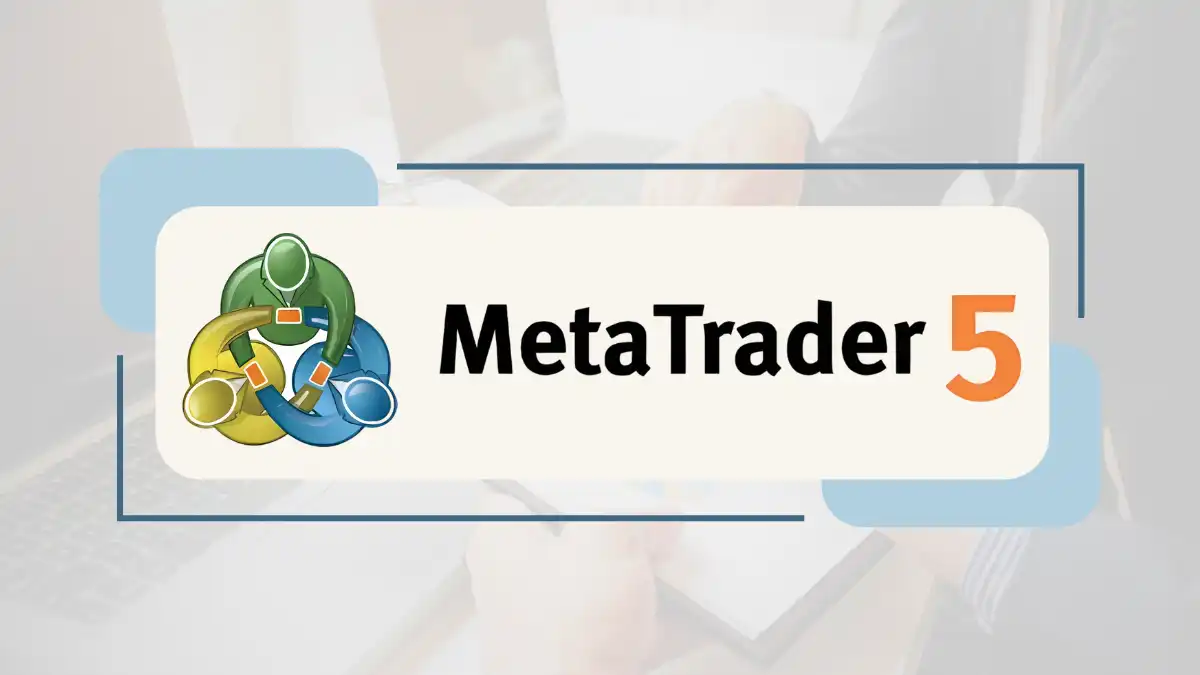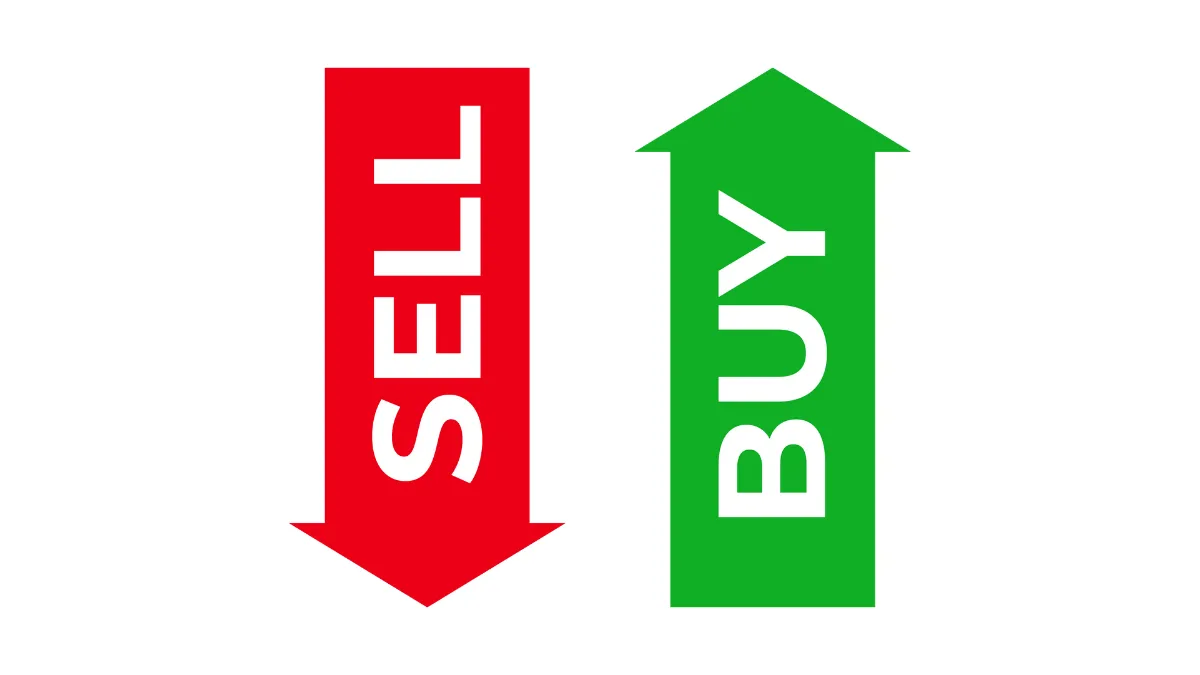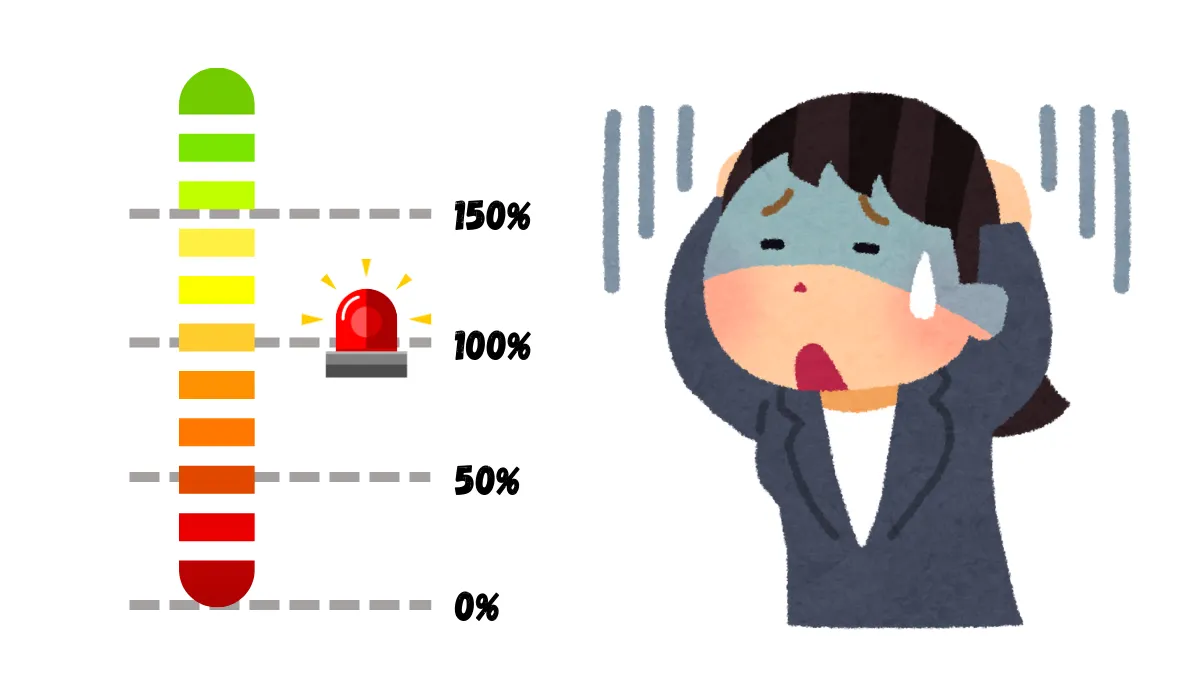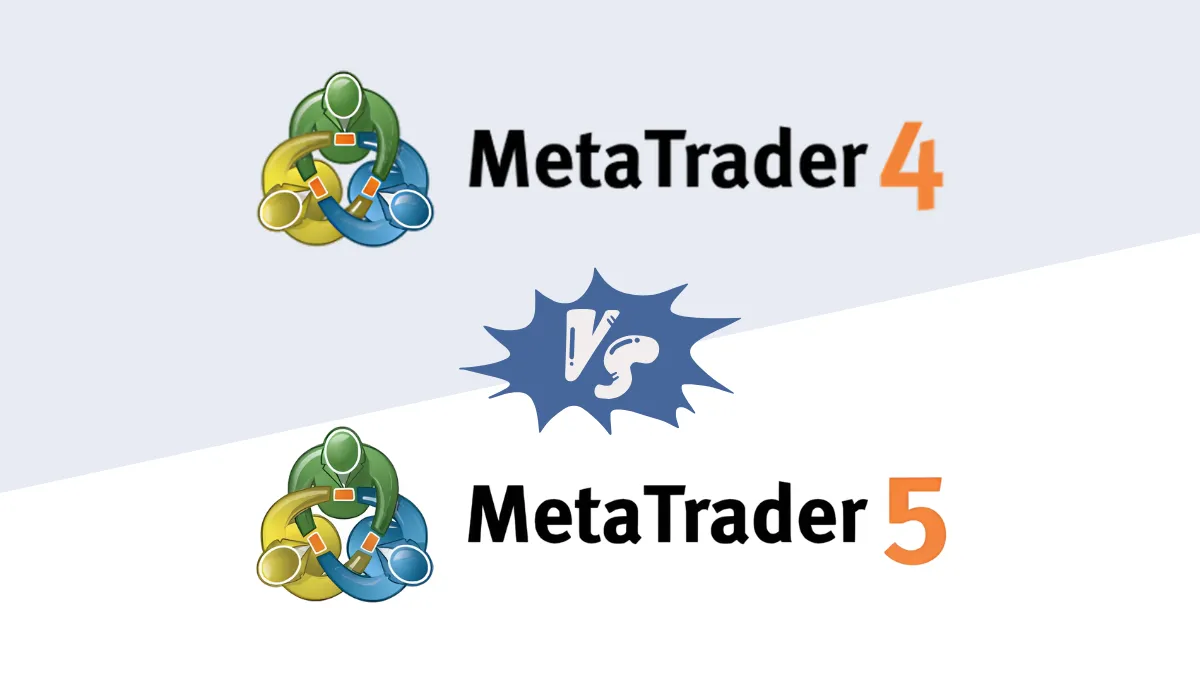Understanding Your Forex Broker's Hedging Policy
When traders choose a forex broker, the hedging policy is one of the very important considerations. The hedging policy determines how the broker handles risk, manages client orders, and responds to market fluctuations. Hedging refers to the broker executing reverse trades in the market to reduce the risk brought by market price fluctuations. Different brokers implement different hedging strategies based on their operating models (A-Book, B-Book, or hybrid model). This article will explore various hedging policies of forex brokers and how traders should understand and evaluate the broker's hedging policy.1. Basic Concept of Hedging
In forex trading, hedging is a risk management strategy where brokers offset potential losses by executing reverse trades in the market. The goal of hedging is to minimize the broker's risk, especially in situations of high market volatility, which helps protect the broker's capital stability.For example, if a client buys 100,000 USD of EUR/USD, the broker can sell the same amount of EUR/USD in the external market to offset potential market fluctuation risks. This way, even if the market experiences extreme fluctuations, the broker can hedge the risk through reverse trading and avoid losses.
2. Common Hedging Policies of Brokers
Different forex brokers have different hedging strategies based on their operating models.Here are common hedging policies and their applicable situations:
A. Hedging Policy of A-Book Brokers
A-Book model brokers pass client orders to external liquidity providers (such as banks, hedge funds, etc.), which means the broker does not bear market risk. The main hedging strategy of these brokers is full hedging, which means executing all client orders in the external market to achieve risk neutrality.- Full Hedging: A-Book brokers immediately hedge client orders in the market and do not retain market exposure. Thus, brokers rely solely on spreads and commissions to earn profits, rather than profiting from market price changes.
- External Market Execution: A-Book brokers work with multiple liquidity providers to pass client orders to the market to hedge risks.
B. Hedging Policy of B-Book Brokers
B-Book model brokers internalize client orders, acting as the counterparty to the clients, which means that when clients incur losses, the broker profits, and when clients make profits, the broker incurs losses. Therefore, B-Book brokers typically do not immediately hedge all orders but rather engage in selective hedging.- Selective Hedging: B-Book brokers decide whether to hedge certain orders based on market conditions and client behavior. For clients who frequently incur losses, brokers may fully internalize these orders, as they are beneficial to the broker. For clients with stable profits, brokers may choose to hedge their orders to reduce market risk.
- Hedging Large Orders: For large orders or during periods of high market volatility, B-Book brokers may hedge some orders to reduce potential risk exposure.
C. Hedging Policy of Hybrid Model Brokers
Hybrid model combines the advantages of both A-Book and B-Book. Brokers flexibly choose to internalize orders or pass them to the external market based on client behavior and market risk. This means their hedging strategies will also vary based on specific situations.- Dynamic Hedging Strategy: Hybrid model brokers dynamically adjust their hedging strategies based on market conditions and client types. For example, during high market volatility, brokers may hedge more orders externally; while in stable market conditions, they tend to internalize processing.
- Hedging High-Risk Clients: For highly profitable clients, hybrid model brokers typically use the A-Book model to hedge these orders, avoiding losses caused by client profits.
3. How to Evaluate a Broker's Hedging Policy?
Understanding a broker's hedging policy is crucial for traders to choose the right broker. Here are several key points for evaluating a broker's hedging policy:A. Hedging Transparency
Traders should understand whether the broker's hedging policy is transparent. Some brokers do not clearly inform clients whether they use A-Book or B-Book models, or brokers may confuse their order execution strategies. Traders should seek brokers that clearly explain their hedging policies to avoid conflicts of interest.- Inquire About Order Execution Methods: Traders should ask brokers whether they pass orders to the external market or internalize them, and understand whether certain trading pairs will be hedged.
- Check Regulatory Compliance: Some regulatory agencies require brokers to disclose their order execution methods and hedging policies, so choosing strictly regulated brokers can increase transparency.
B. Risk Management Capability of Hedging Policies
A broker's hedging policy reflects their risk management capability. Traders should ensure that brokers have sufficient liquidity providers to support their hedging operations, especially during periods of high market volatility. Choosing brokers that can quickly hedge and ensure immediate order execution helps reduce trading risks.- Number of Liquidity Providers: Brokers that work with multiple liquidity providers can ensure that client orders can be quickly hedged and executed during market volatility.
- Diversity of Hedging Tools: Excellent brokers typically do not rely solely on external market trading to hedge risks; they may also use other tools (such as options or forward contracts) for more complex risk hedging operations.
C. Hedging and Slippage Risk
Traders should understand whether a broker's hedging policy may lead to slippage. Slippage refers to the difference between the actual execution price of an order and the expected price. When brokers hedge in the external market, they may encounter situations of insufficient liquidity or significant price fluctuations, leading to increased slippage risk. Choosing brokers with good hedging strategies can help reduce slippage risk.- Hedging Capability During Market Volatility: During periods of high market volatility, a broker's hedging capability is particularly important, as it determines whether orders can be executed quickly and reduce slippage.
- Risk of Hedging Delays: Traders should understand whether brokers can hedge orders in a timely manner; delayed hedging may lead to greater slippage or order execution deviations.
4. Why is Hedging Policy Important for Traders?
A broker's hedging policy directly affects the trading experience and trading costs for traders. Transparent and effective hedging policies can reduce slippage risk, ensure quick order execution, and provide traders with more stable trading results during market fluctuations.A. Protecting Traders from Market Risks
When brokers hedge orders, they execute reverse trades in the external market, which can effectively avoid the impact of market fluctuations on client orders. If brokers have a well-established hedging strategy, traders' orders can be better protected during volatility.B. Reducing Conflicts of Interest
Transparent hedging policies can reduce conflicts of interest between brokers and traders. In the B-Book model, brokers may profit from client losses, and this conflict of interest may affect the broker's ethical behavior. However, through hedging strategies, brokers can maintain risk neutrality, ensuring they rely solely on spreads and commissions for profit, thereby reducing conflicts of interest with clients.Conclusion
Understanding the hedging policies of forex brokers is very important for traders to choose the right broker. A broker's hedging policy reflects its risk management capability, trading execution speed, and transparency to clients. Traders should choose brokers with transparent hedging strategies and strong risk management capabilities to ensure a better trading experience and stable order execution during market fluctuations. Whether brokers adopt A-Book, B-Book, or hybrid models, the hedging policy should be regarded as a key factor in decision-making.Hi, We are the Mr.Forex Research Team
Trading requires not just the right mindset, but also useful tools and insights.Here, we focus on Global Broker Reviews, Trading System Setup (MT4 / MT5, EA, VPS), and Forex Trading Basics.
We personally teach you to master the "Operating Manual" of financial markets, building a professional trading environment from scratch.
If you want to move from theory to practice:
- Help share this article to let more traders see the truth.
- Read more articles on Broker Tests and Forex Education.





